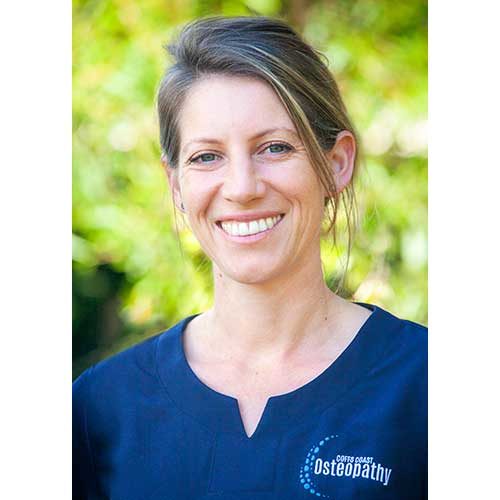Occupational overuse syndrome (OOS) is a type of injury common to fingers, hands, wrists and elbows. It is caused by repetitive movements or awkward postures. OOS is also known as repetitive strain injury or RSI. Symptoms include swelling, pain and weakness in the affected joints. Vulnerable tendons can be overworked and inflamed by repetitious manual tasks such as working on a keyboard, working on an assembly line or even playing a musical instrument. Rest is usually the best cure. Sometimes poor workspace design or work practices contribute to OOS. Making minor changes can alleviate or prevent the condition.
Occupational overuse syndrome is usually associated with repetitive hand movements such as typing, but any part of the body can be affected. OOS can affect the tendons and muscles of the fingers, hands, wrists, elbows, shoulders, back and neck. Symptoms vary, depending on the individual, the site of injury and the severity of the condition.
Common symptoms may include:
- pain
- muscle weakness
- swelling
- numbness
- restricted mobility of the joint.
Progressive debilitation of overuse injuries
It is not possible to ‘work through’ OOS. Initially the pain and stiffness may be slight and only noticeable while the particular manual task is performed. If these symptoms are ignored the discomfort will escalate until the joints, muscles and tendons are painful even when at rest.
Any manual task that requires fast and repetitive movements or working in fixed or awkward postures for long periods of time can trigger OOS.
Occupations at risk include:
- office work – such as typing and clerical duties
- process work – such as assembly line and packing
- piece work – such as sewing
- manual work – such as bricklaying and carpentry.
Reducing the risk of overuse injuries
Making changes to the design of a workplace and workplace practices, and using adjustable furniture can reduce the risk of OOS.
Suggestions include:
- Use ergonomically designed furniture and equipment.
- Rearrange the workspace to keep everything needed within easy reach.
- Keep benches at waist height, so that shoulders can relax and arms can bend gently at the elbows.
- Schedule work to include frequent breaks.
- Vary tasks so that repetitive hand movements are alternated with other work.
- Set realistic deadlines.
- Adjusting furniture to suit your body
Keyboard operators and typists are commonly at risk of developing OOS. Furniture, such as chairs and desks, should be adjusted to suit the dimensions of the individual and support good posture.
Treatment options for overuse injuries
If you think you are developing OOS symptoms, tell your manager. In consultation with your occupational health and safety officer you can devise ways to change and improve work practices and workspace design.



